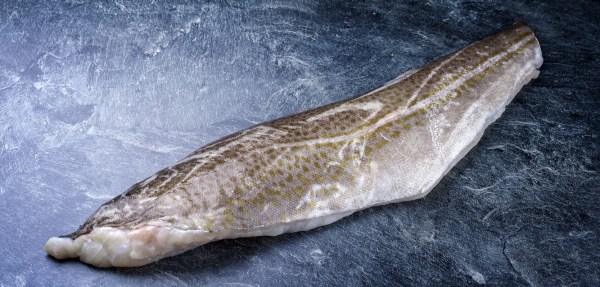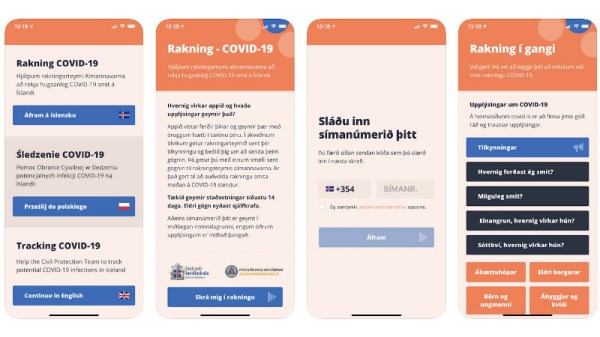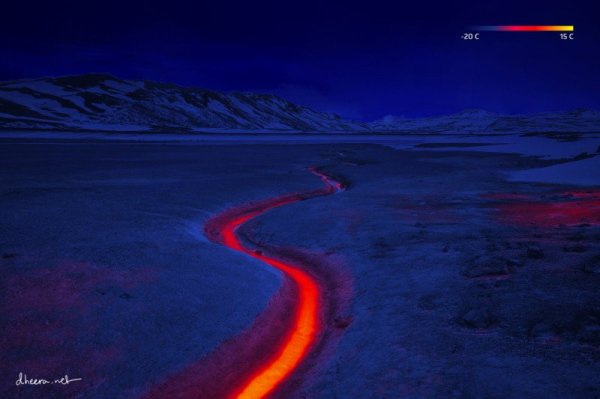For hundreds of years, Icelanders have relied on the ocean for survival. This is perhaps not surprising as it’s an isolated island surrounded by ocean near the Arctic circle. But as the oceans warm and fisheries continue to be harvested unsustainably, Iceland has been looking for a way to make sure that the fish they do catch are put to the fullest use, for obvious things like food and for plenty of other novel uses as well as they work towards using 100% of their catch.
After harvesting fish for food, most amateur fishers will discard around 60% of the fish by weight. Some might use a portion of this waste for fertilizer in a garden, but otherwise it is simply thrown out. But as the 100% Fish Project is learning, there are plenty of uses for these parts of the fish as well. Famously, cod skin has been recently found to work as skin grafts for humans, while the skin from salmon has been made into a leather-type product and the shells of crustaceans like shrimp can be made into medicine. The heads and bones of fish can be dried and made into soups, and other parts of fish can be turned into things like Omega-3 capsules and dog treats.
While we don’t often feature biology-related hacks like this, out-of-the-box thinking like this is an important way to continue to challenge old ideas, leave less of a footprint, improve human lives, and potentially create a profitable enterprise on top of all of that. You might even find that life in the seas can be used for things you never thought possible before, like building logic gates out of crabs.
Thanks to [Ben] for the tip!















